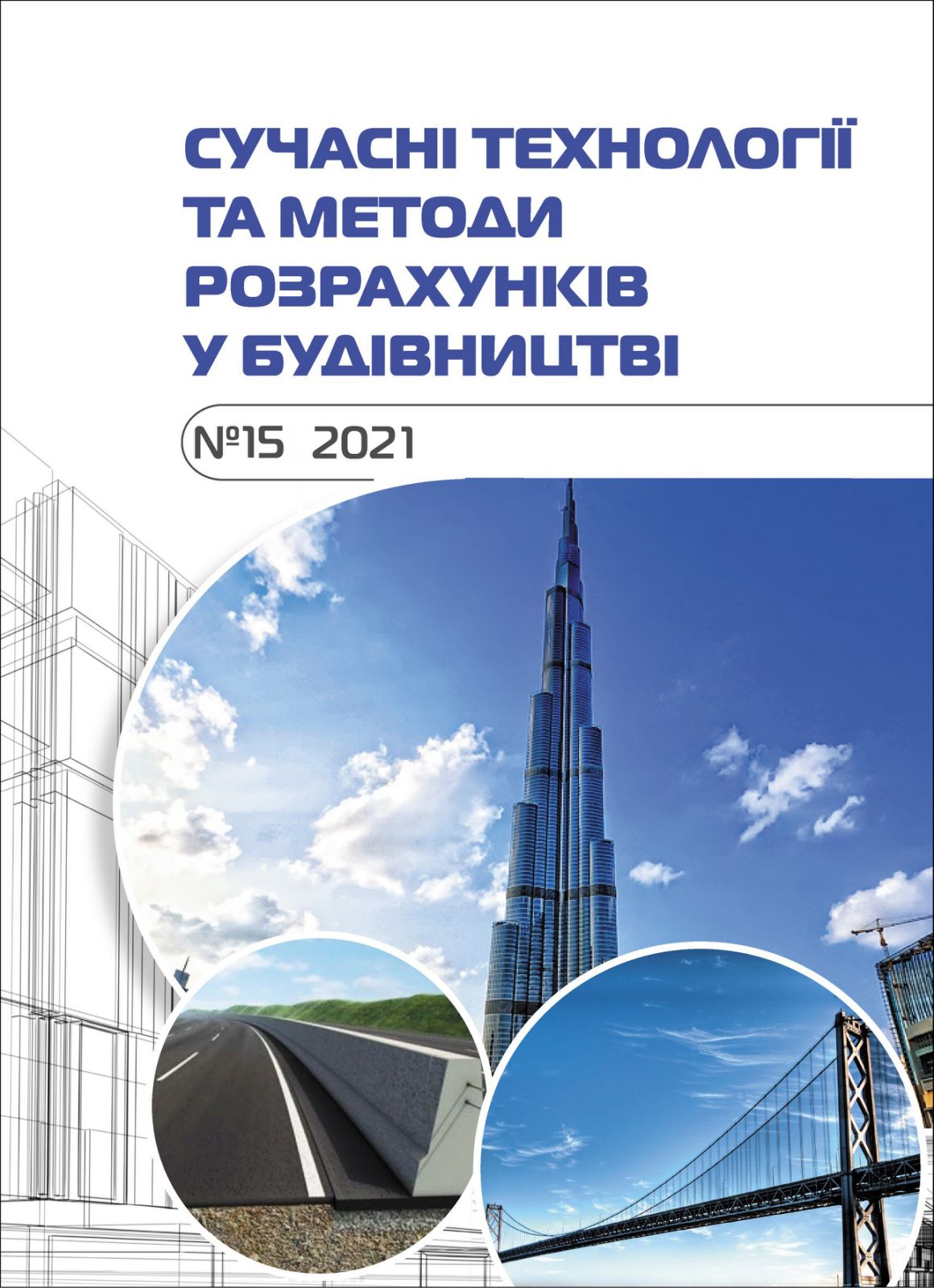Influence of method of determination on the value of structuring ability of filler aggregates
Abstract
Interaction between filler aggregates and bitumen results in a structuring process that appears in a thin bitumen film on a mineral surface which turns a part of bitumen into a structural state. As a consequence the viscosity and strength of bitumen films increases which leads to an increase in strength of filled bitumen. The same process increases asphalt concrete strength when fine filler aggregates are included. In frames of presented research the different methods of finding the structuring ability of filler aggregates are analyzed. For various filler aggregates the comparative research of structuring ability is made with DSTU 8772 and EN 13179-1 methods. As a research material it is taken filler aggregates from various sources: the fly ash from CHP of Krivoy Rog, the fly ash from CHP of Burshtyn, powder obtained from grinding of silica sand, gray granite, and basalt, also lame mineral filler, low active Portland cement M300, and slaked lime. For bitumen mixture obtaining pavement bitumen BND 70/100 is used. The bitumen mixture for structuring ability finding is obtained with mixing of heated bitumen BND 60/90 (40 % by weight) with mineral powder particle size less than 0.071 mm (60 % by weight) according DSTU 8772 requirements. Method in EN 13179-1 standard prescribes mixing of components by volume concentrations: 37.5 % is for mineral powder and 62.5 % is for bitumen. Mineral powders can significantly vary in particle density. Through this avoidance of particle density finding in obtaining structuring ability can result in distortion of result values. This is why for the mineral powder with a low particle density its volume concentration is inflated in values in a fact. The increase in a particle density of a mineral powder leads to a decrease in a volume concentration of a mineral powder in a bitumen mixture. For the all tested mineral powders with exception of slaked lime the structural ability is in a range from 10 to 20 °C according to the DSTU 8772 standard, which is in required limits. To increase the accuracy of obtained values of structuring ability of filler aggregates it is necessary to take into account the particle density at bitumen mixture preparation following the EN 13179-1:2013 method.








